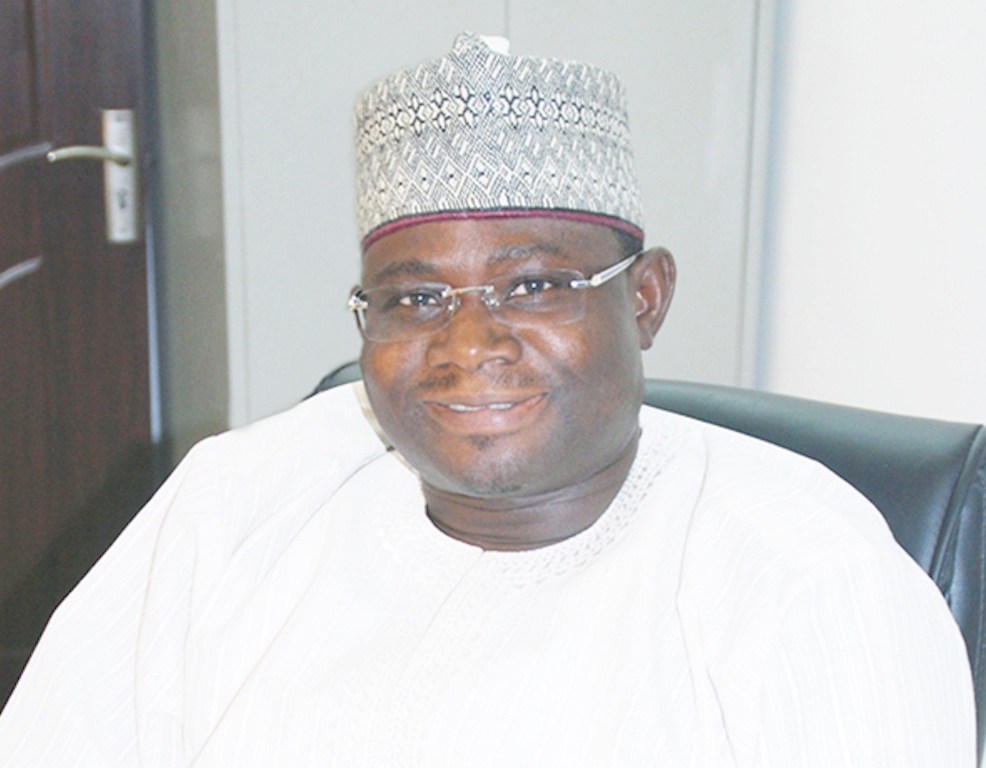
Ajibola’s journalistic foray has paid off handsomely for him and the company. With this book, he has left an indelible mark and ‘something to chew’ on in the business of running a newspaper. There is no doubt that his restless spirit and business acumen weighed heavily on the building of the Trust brands.
The number of media personalities that gathered at Isiaq Ajibola’s book presentation last week was a reminiscence of the good times for the pioneer members of the Trust newspaper family. The nostalgia was intense but temporary. The convergence of representatives of leading media establishments and people from all over the country in honour of Ajibola, is a testimony to the author’s huge influence and impact in the industry. For a man who ‘gate-crashed’ into the world of journalism, Journalism and Business: My Newspaper Odyssey is a lesson in how not to take the business of journalism for granted, and why there should be synergy between the two (the business and editorial sides) instead of conflicts and mutual suspicion.
Ajibola is the co-founder and former Managing Director of Media Trust Limited, publishers of the Trust titles. However our relationship predated the founding of Trust. Our paths crossed at the Citizen magazine in 1993 when he was transferred from the Lagos office of the outfit to the head office in Kaduna. When, therefore, he told me my name is mentioned in the book, I was naturally curious. As a pioneer staff of Trust who, this time, was now a staff of and subordinate to Ajibola, I knew, for certain, my name would be there. Two, I was also curious to know whether my name was mentioned in relation to the constant frictions we had.
The newsroom is a battleground where ‘wars’ are constantly fought for the soul of the newspaper and everyone feels victorious the morning after, once the product is out. The calibre of media gurus, former and serving staff of Media Trust that turned up at Ajibola’s book launch was proof that no one takes newsroom wars to heart; a clear reflection of an enduring friendship and comradeship outside the intense heat of the newsroom. As the years go by, we have all outgrown past skirmishes and petty quarrels, and are now proud members of the same family.
One of the areas of constant friction between those of us in the editorial department and him (Ajibola) was where to draw the line between business and editorial interests. He was a constant torn in our flesh. In chapter 6 of his book, he touched on this delicate balancing act. Titled “Synergy between Editorial and Business”, his constant refrain was to exercise caution in writing negative stories about a client or a potential client, when we are in the business of ‘comforting the oppressed and irritating and making the oppressor uncomfortable’. Thus, we had cause to accuse him of interfering too much in newsroom affairs.
He was always concerned about illustrating pages with (in his estimation of ‘offensive pictures’) pictures that tell stories, in line with the principle that one picture is more impactful than a thousand words. The unrepentant former MD re-echoed this in his book. “How can they reduce offensive pictures like a child carrying a snake, instead of portraying the good side of life in human-interest stories? How can they organise competition like quizzes and essays in the paper to inspire young children?” For us in the editorial department, this view negates one of the principles of journalism – to provide social service to the society, which should be enshrined in a company’s CSR. For the journalist, the picture of Zahra Buhari trending in the social media is not as important as the girl child-victim of Boko Haram scavenging for food from the waste dump site in a make-shift camp somewhere in the North-East.
I believe this friction ensured balance, which ultimately worked to the advantage of the Trust titles as a successful newspaper group and business concern. Perhaps Ajibola was right. With the untimely death of many newspapers driven by ideals and professional ethics, and newspapers imbued with intellectually stimulating editorial contents, in relation to the current craze by publishers for their reporters to source for adverts from their beats, Ajibola was foresighted and far ahead of his peers.
The dichotomy between business and editorial, the author noted, is rooted in American journalism. He observed: “If a newspaper was seen as a business concern and was to make money, the wall began to constitute an impediment; the newspaper could possibly increase its finances if the wall had punctured holes where editorial could talk to business on the other side of the wall. Breaking down the wall and making more money was not difficult if there were no concerns about public interest, intellectual honesty and credibility… fear of government in power or even be their public relations organ”, while editorial integrity is maintained.
His views justify the realisation that editorial policy needs to find relevance in the business strategy of a news organisation. He, therefore, advocated that “synergy must encourage the reluctant editorial divide to meet the business interest of the paper in a structured manner.”
Ajibola’s journalistic foray has paid off handsomely for him and the company. With this book, he has left an indelible mark and ‘something to chew’ on in the business of running a newspaper. There is no doubt that his restless spirit and business acumen weighed heavily on the building of the Trust brands.
At the book presentation, chaired by the immediate past governor of Kogi State, Capt. Idris Wada, there was neither conflict of interests, nor editorial-business battle in the room. It was all camaraderie and outpouring of encomiums on Isiaq Ajibola, the economist turned media chief, for enriching our lean library on the subject matter.
zainabsule@yahoo.com, www.zainabokino.blogspot.com
PremiumTimes
END

Be the first to comment